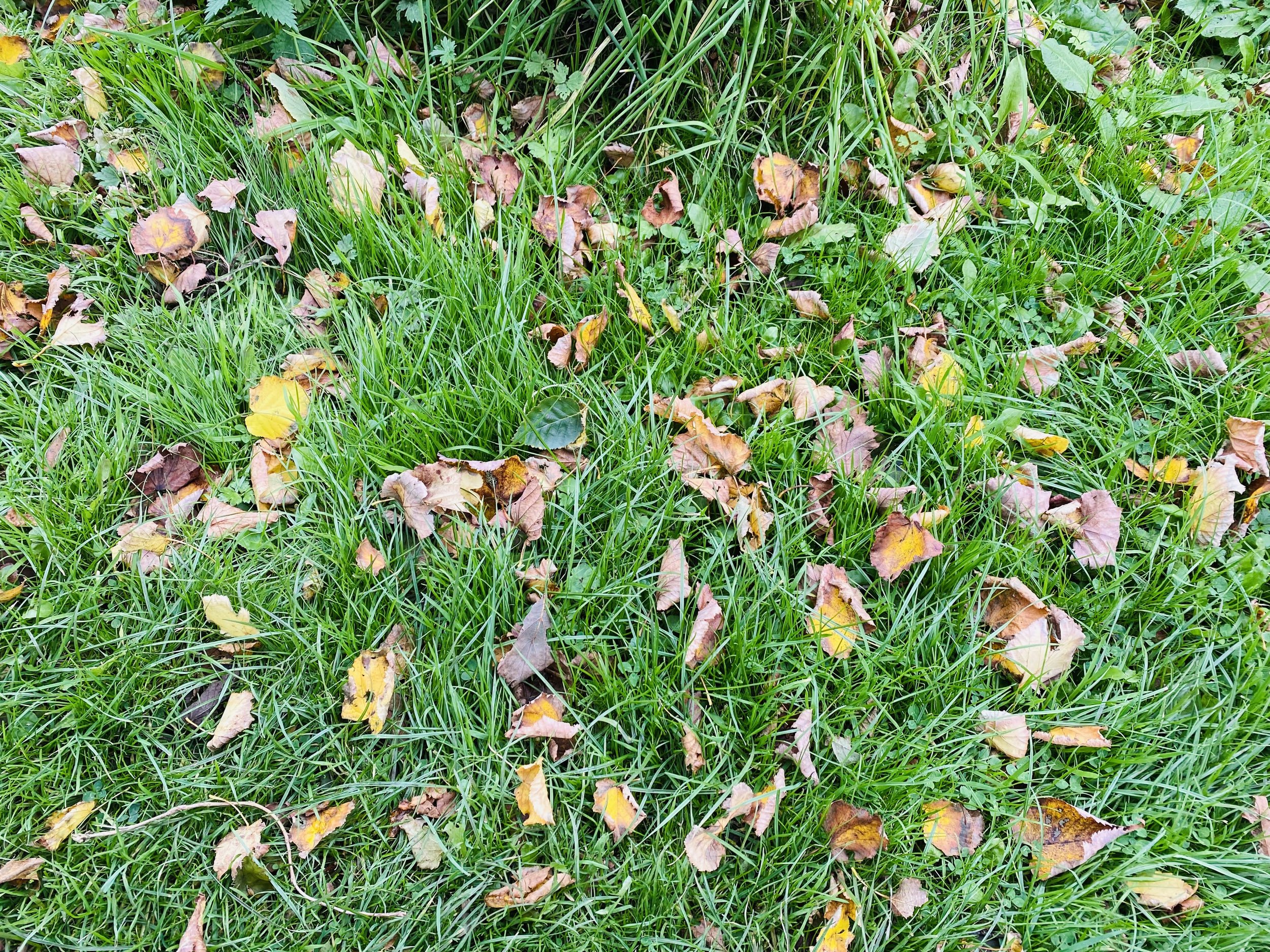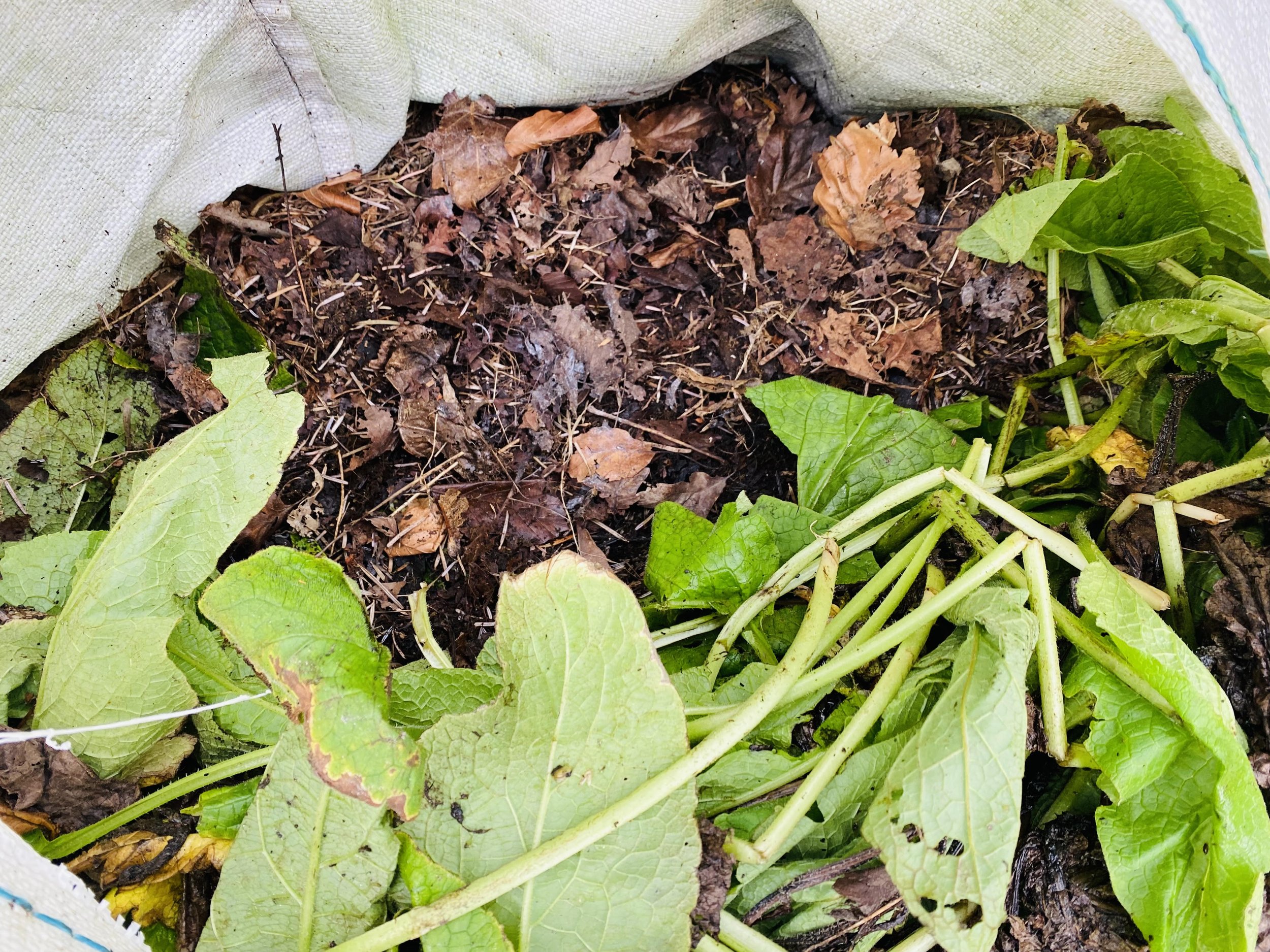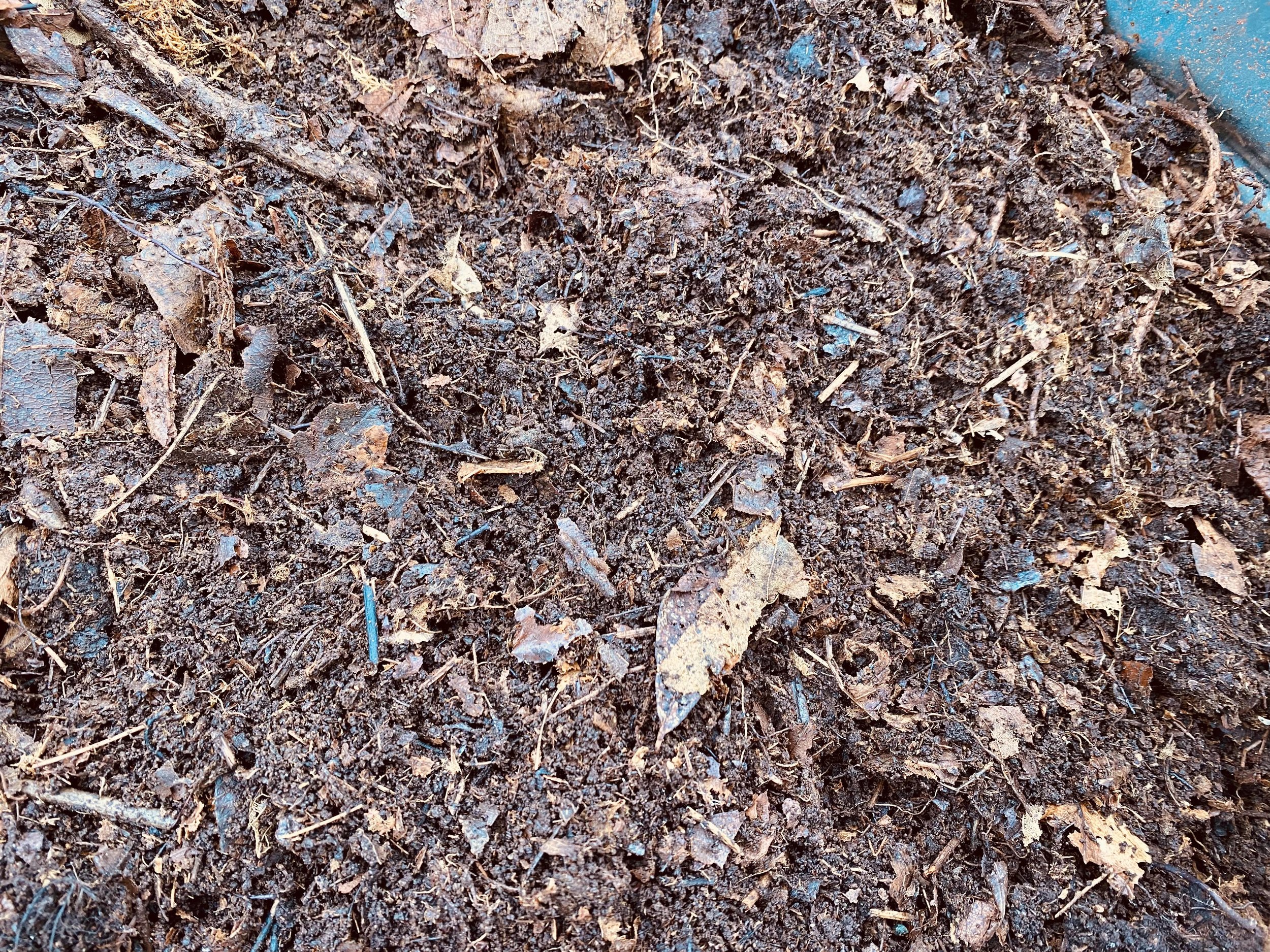Chlorophyll or why the leaves turn brown
Leaves turn colourful
As the days get shorter and from six weeks before the Winter Solstice, leaves are starting to fall and also change their colours, because of changes in the length of daylight and changes in temperature. As the trees prepare for Winter the chlorophyll breaks down, the green color disappears and exposes the yellow pigments hiding underneath. As the leaves continue to waste away, they produce tannins and turn brown.
In his insightful book “Light to Life – The Miracle of Photosynthesis and how it can save the Planet”, Raffael Jovine writes: “In recent years, scientists have been discovering that cooperation and collaboration are at the heart of life itself.” Chlorophylls (light-harvesting and light-sensing pigments) provide the basis for photosynthesis and thereby most life on Earth.
Chlorophyll is the green pigment in plants, algae, and cyanobacteria,responsible for the green color, and is essential for photosynthesis. Chlorophyll allow plants to absorb energy from light. Seen through a microscope, chlorophyll is concentrated within organisms in structures called chloroplasts
Make leafmould
Now is the time to turn deacy into growth, waste into compost and dark into light, now is the time to make leafmould!
You can compost leaves in a black plastic bag with holes or build a 60cm X 60cm X 90cm "mesh bin" with four posts and chicken wire.
Leaves that are quick to break down
are low in fibrous lignin and high in nitrogen and calcium and will produce leaf mould within a year: Ash, beech, birch, cherry, elm, hornbeam, lime, oak, poplar and willow.
Leaves that are slow to break down
(need 18-24 months) are deciduous shrubs, hawthorn, maple, magnolia, sycamore and horse chestnut. Chop up with a mower or garden shredder.
Compost made from leaves is a great humus builder. " Humus is organic matter in a very advanced state of decay, and it is from humus that plant nutrients are released.” (Joy Larkcom).





